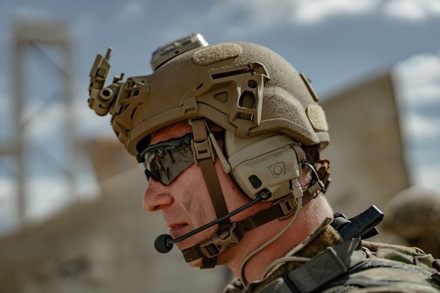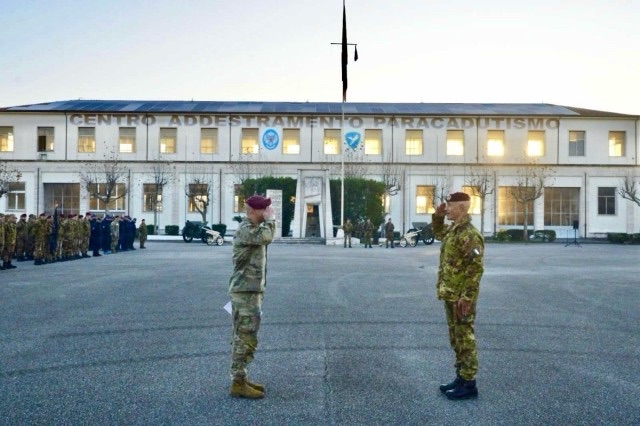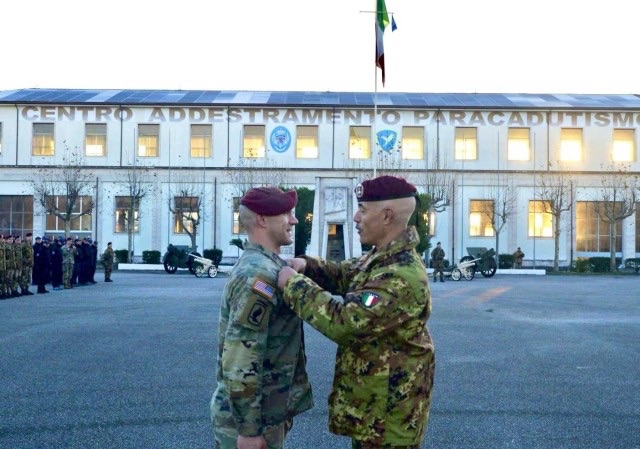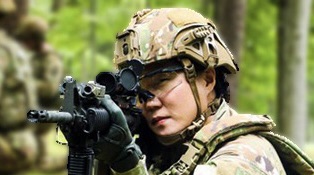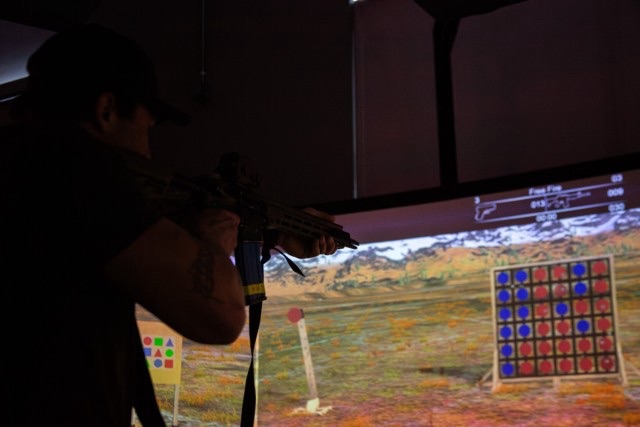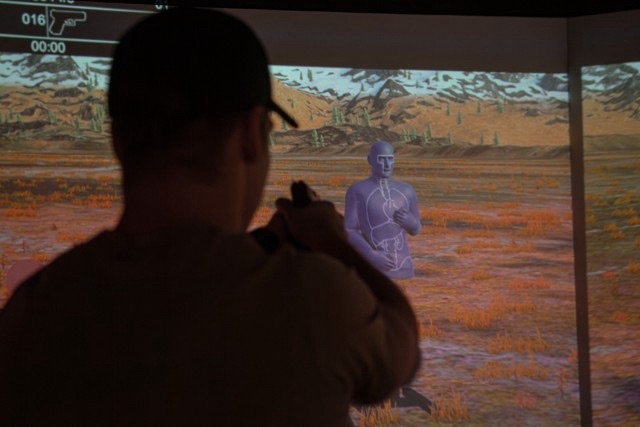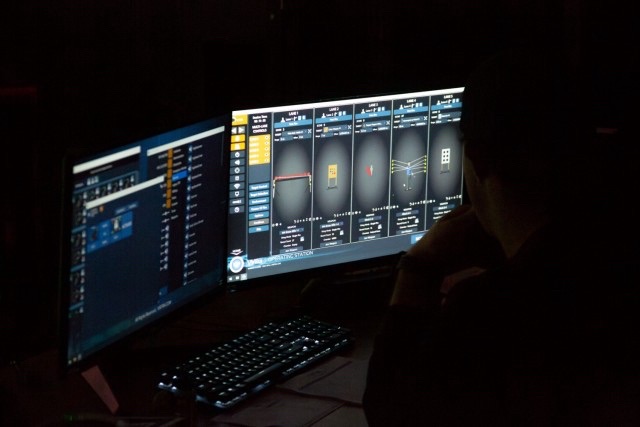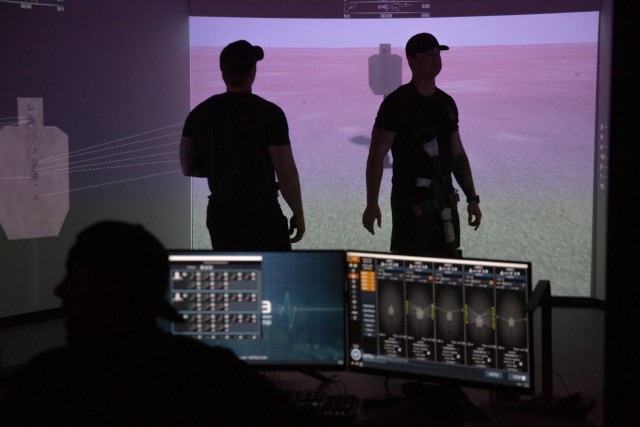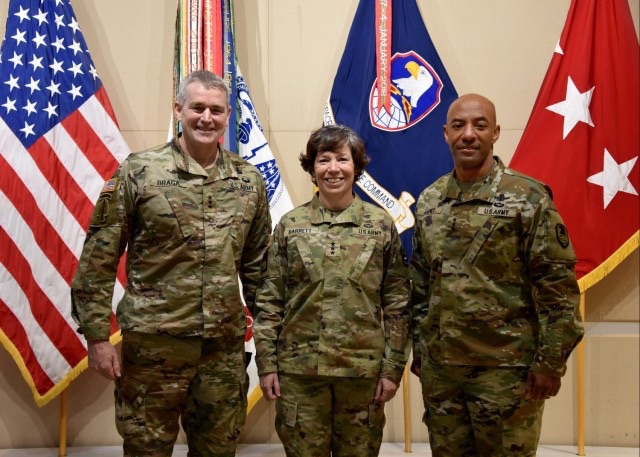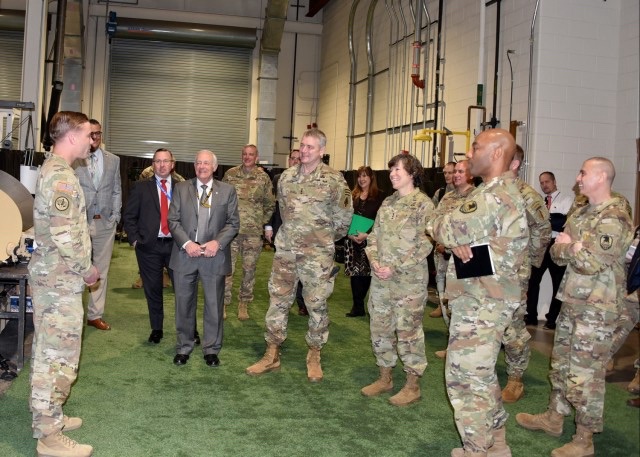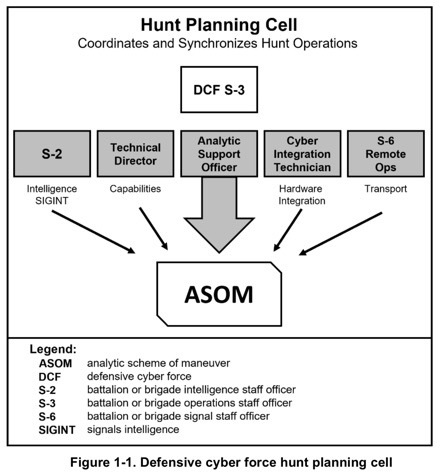FORT MOORE, Ga. — Operational insights on the battlefront are crucial. The Army Expeditionary Warrior Experiment executes field experiments in real time, featuring live fires, simulations and force-on-force engagements to validate what will and won’t work for Soldiers amidst the conflicts of today and the challenges of tomorrow.
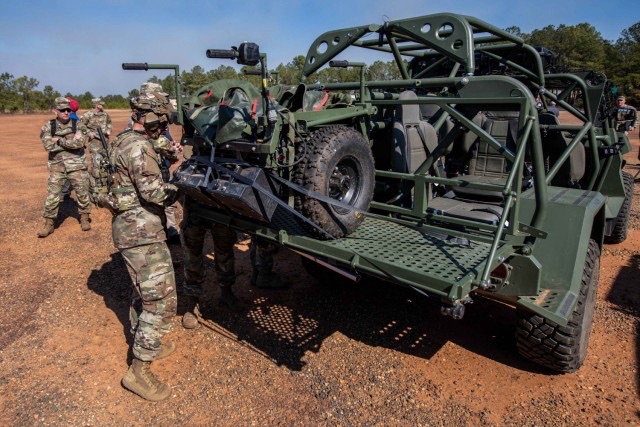
DRIVING CHANGE IN THE MANEUVER FORCE
The Maneuver Capabilities Development and Integration Directorate leads the Maneuver Battle Lab’s Live Experimentation Branch and sets the stage for the Army’s concept and materiel development for small unit modernization. As a key proponent on rising technologies, MBL hosts AEWE, an annual event held at the Maneuver Center of Excellence, a premiere showcase of innovations come to life. Each year, MBL partners with the science and technology community to submit ideas that can enhance the future of warfare.
Chris Willis, director of the MCoE Maneuver Battle Lab, shared this year’s experiment focus is “increasing the lethality of the infantry brigade combat team through robotic-enabled maneuver.” This means “taking capability, state-of-the-art technologies, and putting it into the hands of Soldiers, increasing the lethality to deliver the Army of 2030, and design the Army of 2040.”
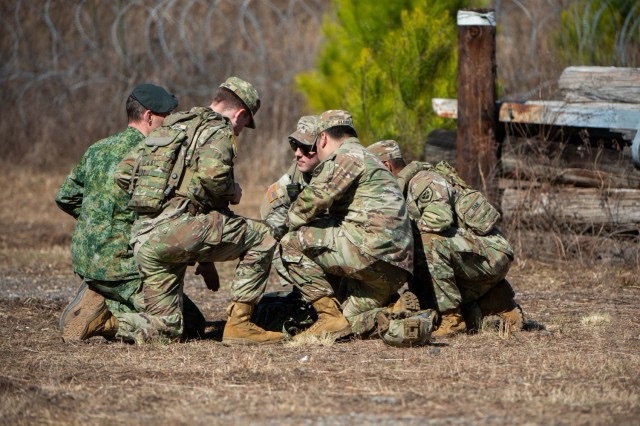
AEWE
“For twenty years, AEWE has served as our Army’s premiere choice for modernization experimentation,” said Col. Scott A. Shaw, director of Maneuver CDID. “Vendors from all over the world, both industry and government based, submit to participate in the event to gather invaluable data, test their applications, and better yet, receive informative outcomes without the fear of failure when it really matters — in combat.”
Selected systems are presented for Army leadership interaction and put to the test throughout the experiment with Soldier touchpoints. Soldiers at the lowest tactical level can directly engage with the new technologies and various prototypes, and vendors receive invaluable feedback from experienced potential end users.
Willis noted, “AEWE brings together a live experiment and simulation. They are doing live field maneuvers that tie in, and a fighting simulation is simultaneously running.”
There have been a wide range of concepts showcased at AEWE, and some that incorporated feedback have been implemented into real Army applications.
“I remember seeing things like the Black Hornets, which are micro unmanned aerial vehicles, and the Nett Warrior system where Soldiers wear smartphones on their chest, and night vision goggles with infrared and thermal technology — they were all presented and tested here,” said Maj. Joseph Tague, Maneuver Battle Lab operations officer.
The AEWE runs from the beginning of the fiscal year in October, through second quarter, culminating in March with an insights brief. Outcomes and recommendations gathered during AEWE feed the Army Modernization Strategy, support the U.S. Army in Multi-Domain Operations, and this data informs leadership about the functionality and capabilities available. For many participating technologies, this means getting on the radar for future Army equipment decisions.
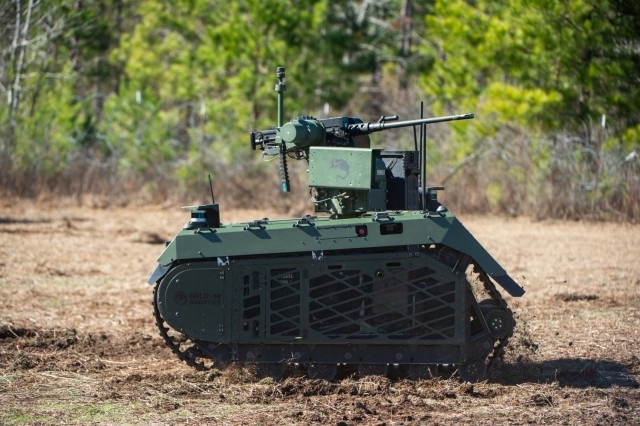
HERE AND NOW
“Inviting our partners and allies to collaborate on next-generation military warfare enhances our foreign relationships and underlines the significance of how enduring partnerships are a way our joint forces can deliver ready combat formations and strengthen the profession of arms,” said Shaw.
This year, AEWE has 48 participating concepts that will be put to the test over 50 days, which includes training and data collection conducted at Fort Moore. For AEWE, MBL brought together 182 Soldiers to comprise a multifaceted experimentation force of MCoE service members, foreign allies participating from the British Army, Dutch Army and German Army, and a platoon of Soldiers from Fort Johnson, Louisiana, who will serve as the opposition force acting as near-peer adversaries during Force-on-Force exercises.
“We need to be able to understand how we can integrate new technologies into both our infantry and armor formations,” Willis said. “From the experiment, we are trying to understand the operational effectiveness of new capabilities, looking at concepts, formations, or technologies, and how all three of these connect and could affect each other.”
Soldiers will evaluate components from seven categories — lethality, survivability, mobility, training, intelligence, surveillance, and reconnaissance, command and control, and sustainment — of these emerging technologies to gauge their potential effectiveness on modern battlefields. Experimenting and testing proposed concepts and capabilities can directly determine what tools could benefit the force and enhance tactical skills at the lowest echelon.
Shaw emphasized “Across multiple domains, innovation is key in warfighting and successful implementation of cutting-edge technology creates the overmatch necessary to win on future battlefields.”
By Camelia Streff


